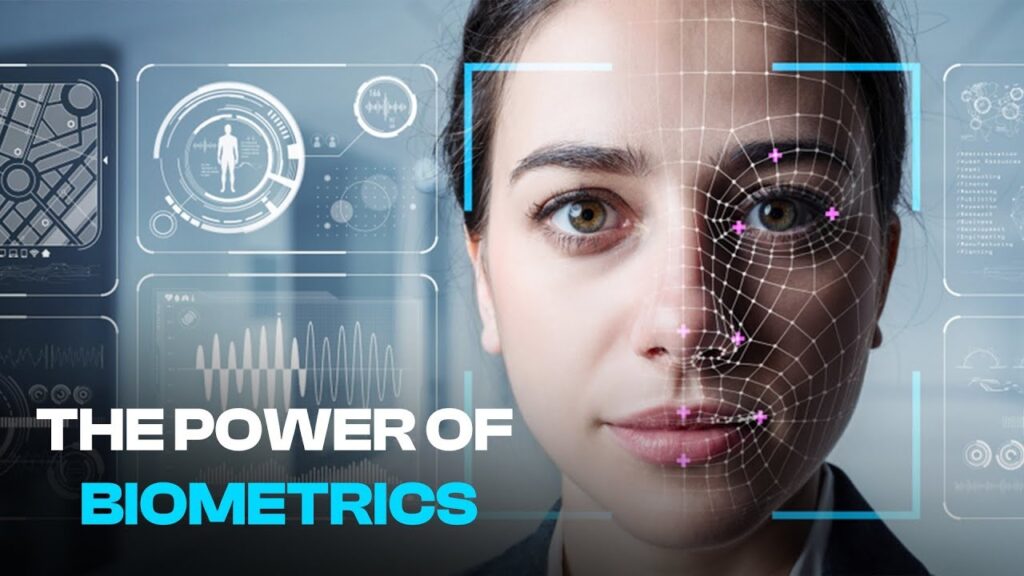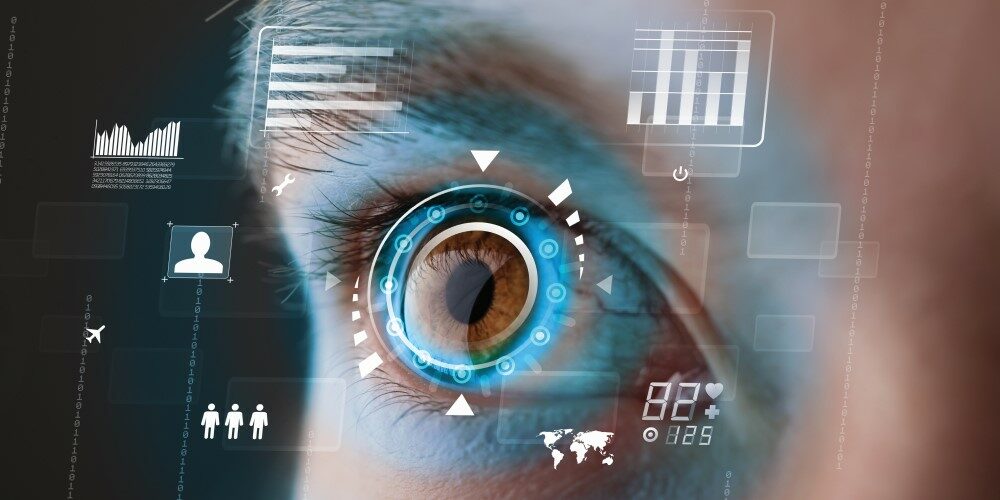
Strong precautions for safety are more important than ever in this era of digital society in which we live in. Businesses are always looking for new and creative methods to safeguard their assets and sensitive data, because of the growth of remote work, cloud-based services, and increasingly sophisticated cyber attacks. Biometrics is one of the most potential technologies in this context. It provides a degree of security that is unmatched by conventional techniques like passwords and ID cards because it uses unique physical or behavioural traits like fingerprints, face recognition, or speech patterns. But there are drawbacks to using biometric technologies in the workplace, especially when it comes to privacy issues. This blog will look at the advantages and possible drawbacks of using biometrics to enhance workplace security and privacy.
The Advantages of Biometrics in Workplace Security
1. Enhanced Security
The potential of biometric technology to offer enhanced safety is its most significant benefit. Biometric identifiers are specific to each person and difficult to copy or steal, in contrast to passwords or access cards. As a result, it is much more challenging for unauthorized people to access sensitive information or restricted areas.
2. Improved User Convenience
Additionally, biometrics offers consumers with increased convenience. Workers no longer need to carry access cards, which are considered to be misplaced or forgotten or to memorize complicated passwords. Alternatively, customers can use voice command, face recognition, or a fingerprint scan to swiftly and simply confirm their identification. This simplifies the authentication procedure and lessens the possibility of human error, such as exchanging login information or creating weak passwords.
3. Better Accountability and Audit Trails

Workplace accountability may be enhanced by biometric technology as well. Due to the distinctive characteristics of biometric data, it is feasible to generate precise and comprehensive audit trails that show who accessed what information and when. Because it offers a transparent record of employee actions that can be examined and inspected as needed, this can be especially helpful in sectors of the economy where regulatory compliance is very important.
4. Reduced Risk of Insider Threats
Many firms are highly concerned about insider threats, which occur when workers misuse their access credentials to steal information or commit fraud. By guaranteeing that access is rigorously restricted to those who are permitted, biometrics can help reduce this risk.
The Privacy Concerns of Biometrics in the Workplace
Although there is no denying biometrics’ deserves in terms of security, there are a number of significant privacy issues that occur when this technology is used in the workplace. Workers may feel uncomfortable with the gathering, using, and storing of their biometric information, and there are good reasons to be concerned about how this information will be safeguarded against misuse or unwanted access.
1. Data Security and Breaches

The risk of breach of information is one of the biggest privacy issues with biometrics. Biometric data is permanent, in contrast to passwords, which may be altered if hacked. Individuals impacted by identity theft or other types of exploitation are left exposed if a hacker obtains access to a company’s biometric database since the stolen data cannot be changed or restored. For any firm using this technology, this means that the safe storage and encryption of biometric data are essential concerns.
2. Consent and Transparency
The requirement for transparent and informed permission for the collection of biometric data is another important concern. Workers need to know exactly what information is being gathered, how it will be used, and who will be able to access it. Prior to deploying biometric technologies, organizations must get employees’ express authorization and disclose this information in a way that is simple and straightforward. Neglecting the requirements may result in legal disputes as well as harm to the confidence and morale of staff members.
3. Surveillance and Monitoring
Increased monitoring and surveillance may also be a worry when biometrics are used in the workplace. Employees may have a sense of violation and loss of privacy if they believe that everyone is watching and recording everything they do. This may be especially troublesome in offices when biometric systems are utilized for timekeeping and productivity tracking in addition to security. Employers must find a balance between the necessity of security and the privacy and individuality rights of their workforce.
4. Legal and Ethical Considerations
The usage of biometric data in the workplace has ongoing legal and ethical consequences that are always changing. Organizations must make sure that they adhere to the stringent rules that regulate the gathering, storing, and use of biometric data in many jurisdictions in order to avoid facing legal consequences. The use of biometric data also raises ethical questions, especially in light of the possibility of discriminatory uses.
Balancing Security and Privacy

Organizations need to take a balanced approach in order to handle privacy issues and efficiently utilize the benefits of biometric technology. To stop illegal access to biometric data requires putting strong data protection measures in place, such as encryption and safe storage. Additionally, businesses should make sure that biometric technologies are implemented openly, with employees’ informed permission, and by clearly outlining how the data will be used and safeguarded.
In addition, it is essential for enterprises to periodically assess and revise their biometric policies to guarantee adherence to dynamic legal and ethical norms. This involves recognizing possible hazards through privacy impact assessments and putting prevention measures in place. By doing these things, companies may foster a culture of trust among staff members and establish a safe environment that values their privacy.
Conclusion
Because biometrics offers an additional level of protection against internal threats and illegal access, it has the potential to completely change workplace security. But there are serious privacy issues with this technology as well, and they need to be handled with precaution. Organizations may effectively install biometric technologies that improve safety in the workplace while defending the rights and interests of their employees by taking a balanced approach that puts security and privacy first. To guarantee they are utilizing biometrics in an efficient and environmentally friendly manner, firms will need to keep up with the most recent advancements and industry best practices as the technology develops.

